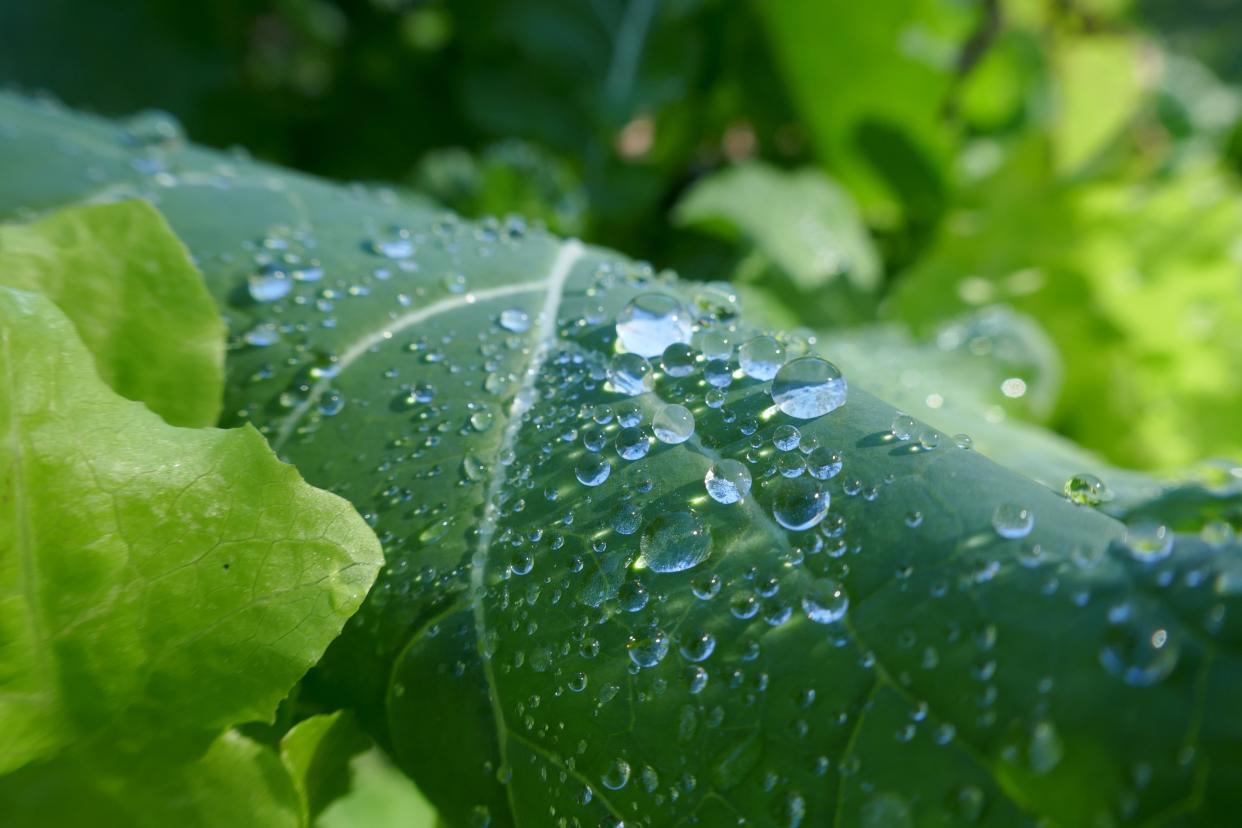Mark Bailey: Track the sun for a better garden

When it comes to choosing where to place a raised bed or plant an orchard, location matters. Often gardens are in areas most convenient for the gardener rather than what is most suitable for the crops being grown. The growing location can ultimately make the difference between an abundant crop and a complete failure.
Soil quality and drainage are key elements for choosing a good growing location. Perhaps the easiest way to manage most of the variables is to grow in raised beds. If crops are grown in the native soils, well-drained loamy soils are ideal. Understandably, not everyone is going to have the ideal soil on their land. Given that is likely the case, it is best to choose crops that are most suitable to the variables at hand. If soil conditions are less than ideal, growing cover crops and amending the soil with organic matter can improve soil productivity over time. Building productive soil, particularly sandy soil, deserves its own separate topic.
Sunlight is the singular source of energy for all crops, and providing the necessary amount of sunlight for crops throughout the year is critically important. If crops are grown in full sun, far away from any trees or structures, then the location is not going to matter very much. However, most crops grown on a small scale are going to have variables, such as large trees, to contend with. Do keep in mind that tree roots can compete with crops if they are planted too close. To complicate matters a little, a suitable location may change throughout the year due to the changing angle of the sun. It is important to be aware of where the sun tracks across the sky throughout the year. To track the sun's progress throughout the year, it is best to keep track at the same time of day, such as at noon. During the summer and winter solstices, if there is shade from trees or buildings, the position of shadows can be tracked with marking flags. Another option is to use a sun-tracking website that can provide a range of useful information on the topic.
To better understand the angle of the sun, directly up in the sky is 90⁰, halfway to the horizon is 45⁰ and on the horizon is 0⁰. In North Central Florida, the sun’s altitude will be at a maximum of about 84⁰ on the summer solstice, 61⁰ for the two equinoxes, and a minimum of about 37⁰ on the winter solstice. The spring and fall equinoxes provide equal parts sunlight and nighttime. On the other hand, the summer solstice has the longest daylight of the year, occurring in late June, while the winter solstice has the shortest daylight of the year, occurring in late December.
Many fruit-bearing crops will need to accumulate chill hours that can only happen if the plants encounter cool temperatures in the fall and winter. Apples, blackberries, blueberries, peaches, pears and persimmons typically require long, cool periods to consistently flower and produce fruit. Plants can accumulate chill hours more effectively if they are kept in shade throughout the late fall and winter. If growing leafy greens and other vegetables is the goal, choosing a location with direct early morning sun can quickly remove morning dew, which can help decrease diseases caused by fungi and bacteria.
Once you have a good idea about where the sun will be based on the time of year and you know what kind of crops you want to grow, this will help determine the best possible location.
For more information, call the Marion County Extension office at 671-8400 or email ironhill@ufl.edu.
— Mark Bailey is the Sustainable Agriculture and Food Systems Extension Agent for UF/IFAS Extension Marion County. For more information, contact the Marion County office at 671-8400. The Extension Service is located at 2232 NE Jacksonville Road, Ocala, FL 34470.
This article originally appeared on The Gainesville Sun: Mark Bailey: Track the sun for a better garden
